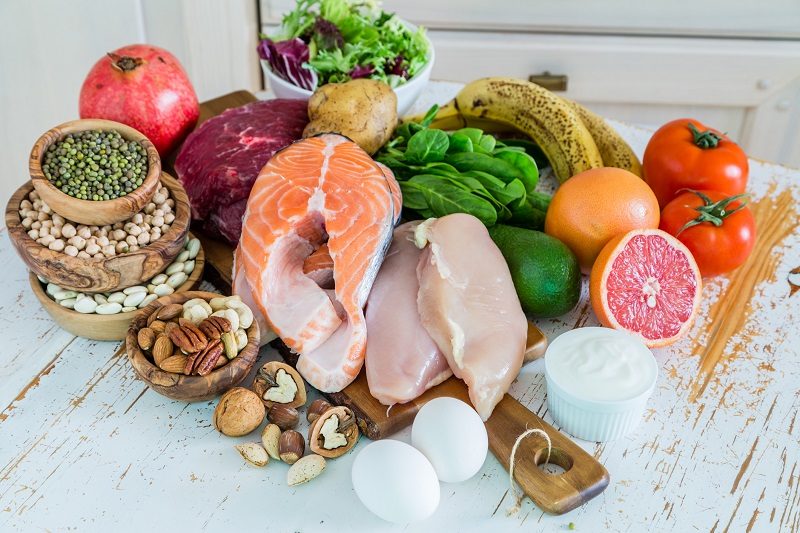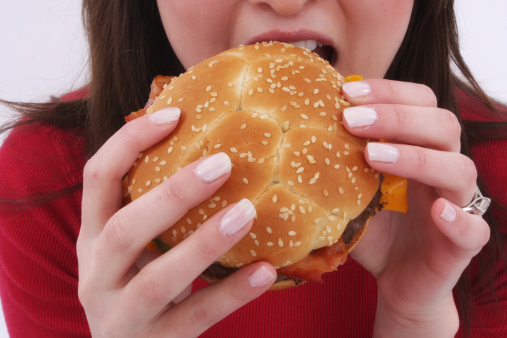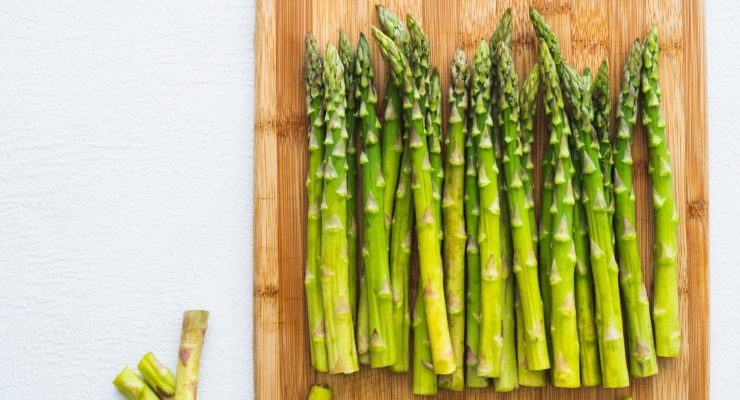What You Need to Know About Macros & Weight Loss
Article posted in: Diet & Nutrition
Understanding how to eat a healthy diet can be confusing when you hear about it on the news or see posts on your social media feed. However, choosing the right foods for you becomes a lot simpler when you focus on a few basics about the ingredients and your body. A smart way to start is to think about what nutritionists call the “macronutrients” or “macros.” The three macros—protein, carbohydrates and fats—are all essential components of a healthy diet. Macros have a major impact on our efforts to lose excess weight. However, they affect us in different ways, depending on our bodies’ individual inclinations.
Here’s what you need to know about macros and weight loss:
Carbohydrates


This macronutrient is composed of sugars and starches. According to the National Council on Strength and Fitness, your body breaks these down quickly and turns them into glucose, your primary source of fuel. Unused glucose, however, is stored as body fat. Every gram of carbohydrates comes with four calories, says the United States Department of Agriculture (USDA).
While all carbs are made up of sugars and starches, there are important differences. According to Medical News Today, simple carbohydrates are sugars that are typically low in fiber. This means they are digested quickly, so you are hungry again soon after eating them. Complex carbohydrates break down slower and are higher in fiber. This helps food move through the body gradually, so you feel full longer.
At Nutrisystem, we classify foods that are rich in complex carbohydrates as SmartCarbs, because they are both nourishing and satisfying. For people whose body type is best described as apple shaped, choosing high fiber SmartCarbs is especially important because excess simple carbohydrates are often stored as fat around the belly.
Protein


Your body uses protein as both an energy source and as a building block for the new cells it is constantly making to replenish its supply, says Healthline. Protein is composed of amino acids. The human body requires 20 different amino acids in order to work correctly. Like carbohydrates, a gram of protein has four calories, according to the USDA.
Protein comes in a variety of forms. When people think about proteins, they tend to focus on meats and fish. However, nearly all foods have some amino acids. Many kinds of protein come with fats, particularly saturated fats that are loaded with extra calories. In your Nutrisystem plan, you’ll see the best protein sources are identified as PowerFuels. These lean meats and fish, along with low fat dairy products and dairy alternatives, fill you up and provide plenty of energy.
If you carry extra weight in parts of your body other than your midsection, your body may be shaped like an hourglass or rectangle. Consuming high-quality proteins will help these body types preserve lean muscle mass while they drop pounds. People who have an hourglass body type should get about 25 percent of their daily calories from protein. For a woman on a 1,200-calorie diet, this would be at least 75 grams of protein per day. For a man on a 1,500-calorie diet, this means at least 94 grams of protein each day. Just be sure to choose the lean options and eat plenty of high fiber foods.
Fats


To someone trying to lose extra weight, fats sound like a food to avoid at all times. However, Harvard Health explains that your body needs fats for energy, to absorb certain vitamins and minerals and many more important bodily functions. The concerns about fat consumption stem, in large part, from the nine calories in every gram—more than double what you get from the other macros, says the USDA. Because fats are higher in calories per gram, it’s important to be mindful of your portion sizes when choosing them. In addition to protein as a component of PowerFuels, many fats on the Nutrisystem plan are also considered PowerFuels, such as olive oil and avocado.
As with carbohydrates and proteins, the key for weight loss is to choose the right fats. The healthiest types are unsaturated, which includes polyunsaturated fats and monounsaturated fats. According to Harvard Health, monounsaturated fats can be found in olive oil, avocados and nuts. Omega-3 fatty acids are an important type of polyunsaturated fat that is found in fatty fish, walnuts and flaxseeds. Both monounsaturated and polyunsaturated fats have been shown to reduce the risk of heart disease, says Harvard Health.
Saturated fats, common in most cuts of beef and pork, have been shown to elevate your body’s cholesterol levels and increase the risk of heart disease. According to Harvard Health, saturated fats are found in meat, high fat dairy products and coconut. Even worse are “trans fats,” found in many processed foods. Eating a lot of trans fats is associated with increased cholesterol, inflammation and heart disease, says Harvard Health.
Be mindful of the dietary fats you consume and choose polyunsaturated and monounsaturated fats when possible.










